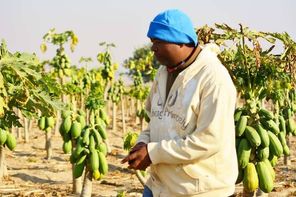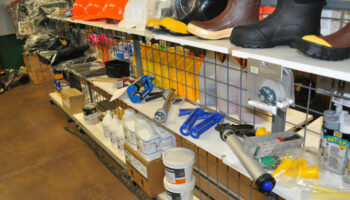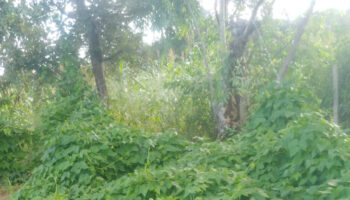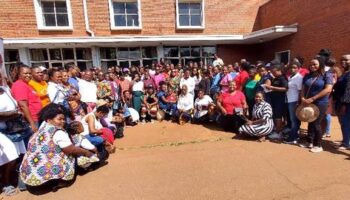Entrepreneurship is made up of 2 parts, the arts side and the science part.
The science part is relatively easy as its covered at school—your accounting, law, human resources, risk management etc. Zimbabwe has excess capacity on this area. Google searches can pull out millions of pages on any topic on the area.
The arts side: How to spot opportunities and take advantage at the right time. Essentially how to make money! This is an unstructured field and no one can say they know it all—if this area was as easy as the science aspect, then everyone would be rich!
So ZBIN focuses more on the arts side of business and only 2% of the science aspect. This is reflected in our posts, books and other material. Ku science taabhoo—diplomas, degrees, professional certifications etc. Tikati mu ZBIN buritsai ma qualifications, we will get a Mt Kilimanjaro Mountain of certificates.
So we have been conducting Premium Conversations—perhaps one of the best initiatives this year which started with our meetings in February & March before the novel pandemic scuttled our plans but we are back doing it digitally.
Started with Mr Low, an accountant turned entrepreneur who is into dog breeding with him unable to meet demand from security companies where he sells dogs for between US$300 and US$500. And you are never going to see a newspaper article featuring a dog breeder sharing his experiences!
He also shared how climatic change opportunities are keeping his team busy with solar installations for boreholes.
He touched on boar goats and how it’s a fast making business venture giving returns faster than cattle rearing. He selflessly shared more information and if you missed—apologies there is no repeat!
Mr Garande the Hybrid Paw Paws Farmer
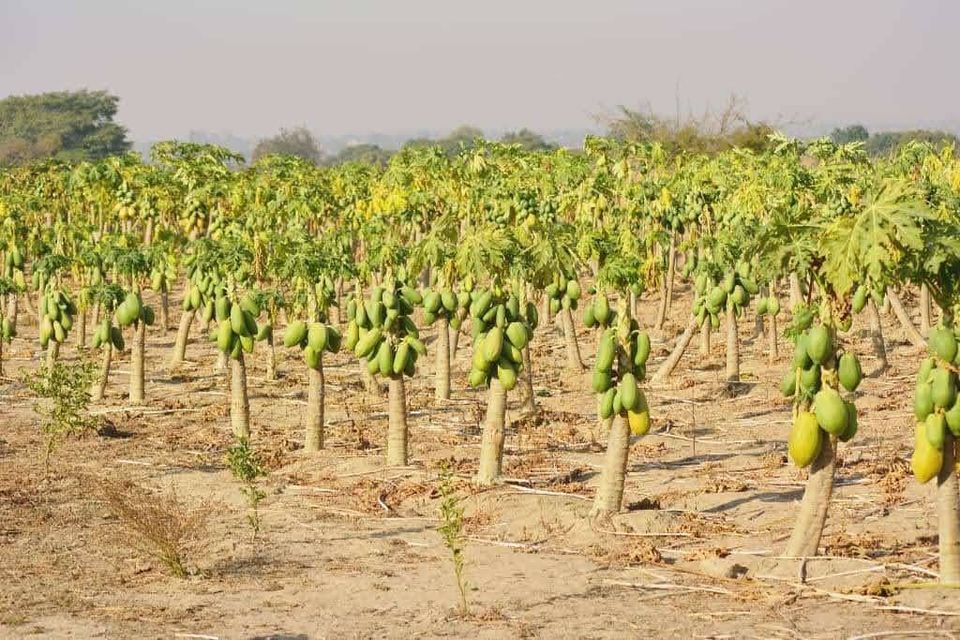
On Friday we hosted a premium talk show on hybrid paw paw farming with Mr Garande sharing the following information;
- Seed to maturity: 9 months
- Return on investment;
Using minimum yields for a rain fed crop for 1000 plants
–1000 seeds=US$200 or seedlings for US$3000
–Tillage=US$100
–Labour for 12 months=US$3.600
–Manure/fertiliser and pesticides=US$500
–Total inputs=for seeds ($4200) and for seedlings (US$7200)
–Assuming each plant gives you 20 fruits selling at $1 each that means;
–$20k-$4.2 =$16k(seeds) or $13k (seedlings)
- In general paw paws sell for US$1 per kg around the world but in Zimbabwe they can sell for for as high as US$4 per kg.
- Leading producers include Thailand, Brazil, Mexico but Kenya and Tanzania are now being counted as strong forces
- Life span of paw paws-4-5 years but over time they cease to be commercially viable
- Soil types: well drained and slightly alkaline with sandy loam being ideal. The best time to plant is the start of the rain season although in theory you can plant all year round depending on temperatures (avoid winter)
- By products: Papaya Juice, dried papaya, papaya latex for pharmaceutical companies
- Water : Approximately 1500mm annually
- Germination: -8 days to 3 months
- Spacing: 2m x 2m
- Most paw paws in local shops imported from South Africa
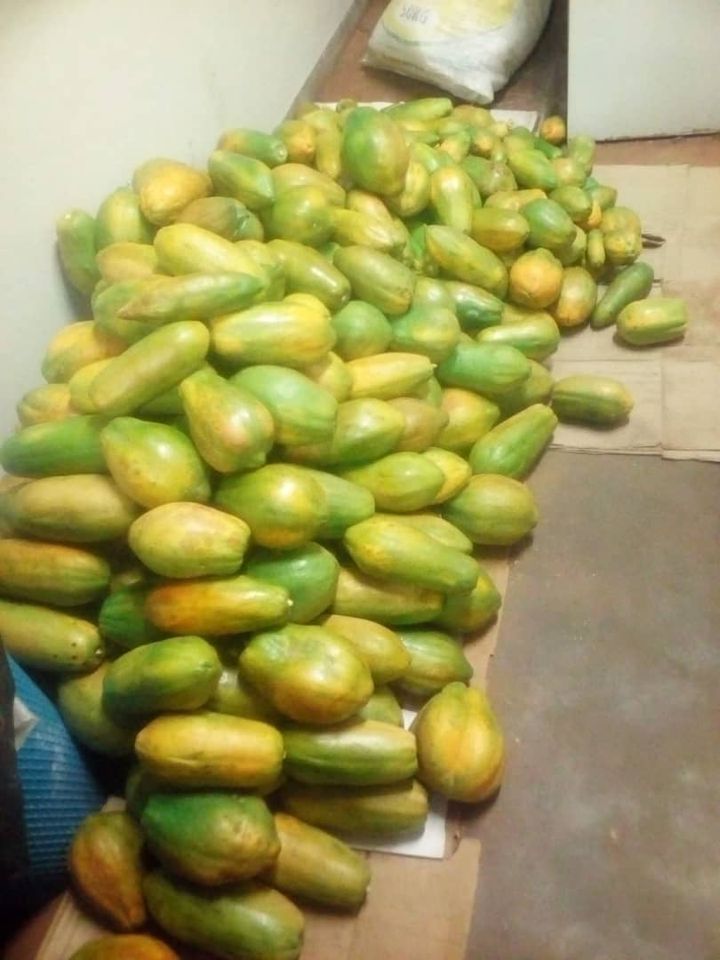
So next Friday we tackle Fresh Farm Exports by our forum agronomist Dube.
![]()
